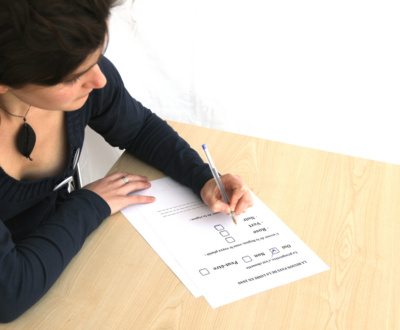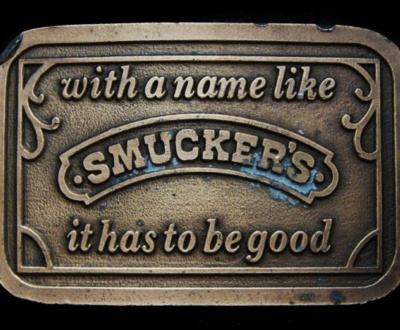NBC’s “The Voice” wrapped up their 5th season this month, crowning Jamaican songstress Tessanne Chin as the winner. Not only did the singing competition find a new, amazing musician, but they also added a twist to the voting procedures that angered many fans. The series started its “Twitter Save” this season, where viewers can tweet a hashtag during a five-minute window to save one of the contestants in the bottom three from elimination, allowing that one person to continue in the competition. It’s a nice idea in theory, but the online engagement for the TV show was riddled with hiccups and mistakes. Here’s how you, as a small business, can create online engagement with your offline events without angering followers and customers.
Consider Multiple Participation Methods that Fit Your Audience
Twitter is a great place to run a contest, but if most of your audience doesn’t use Twitter, then they won’t be able to participate in your contest or campaign. Many aren’t going to create an account just to participate, even if it is free to join Twitter. Therefore, you need to allow multiple ways for people to enter into your contest or campaign. You can encourage, and increase, participation by opening it up to multiple social media sites as well as your website. For example, with a photo contest, you can allow people to post their entries onto Facebook, Pinterest, and Twitter.
HubSpot has a good example of this with their current 30-day Blogging Challenge. Entrants can participate by starting a business blog, blogging more often, or improving the quality of their blog posts. The catch is that you need to have metrics to show that your blogging efforts made a difference to your overall online marketing, but this doesn’t prohibit businesses without a blog from participating. If you didn’t have a blog at the beginning of the contest, you could still win by starting one, putting up some posts, and then demonstrating how it improved your company’s leads and web traffic.
Clearly Explain the Rules Before You Start
Many Voice fans were confused about who could participate in the Twitter Save. Since the results show airs live in the Eastern and Central time zones, those on the West Coast were concerned they couldn’t vote because they weren’t going to watch the results in real time. The conflict was only resolved after the first week of the Twitter Save contest’s launch, instead of before it started. Even after the rules were explained, many on the West Coast were disappointed in how complicated the procedure was for them since they weren’t watching the results live.
To ensure that everyone understands your contest or campaign, have a dedicated page set up to explain the rules and have that page published at least one week before it’s supposed to start. This gives participants a chance to ask questions beforehand so they don’t feel left out or shortchanged because they misunderstood the rules or felt they were unable to participate. Or, better yet, try to keep your contest or campaign as simple as possible, just like e-cigarette company Smoke Smart. They are ran a New Year’s sweepstakes, and all you had to do to enter was like or share the Facebook page. It’s such a simple sweepstakes that it’s difficult for a fan to get confused about the instructions.
When trying to leverage offline events to build your company’s web presence, the objective is to generate positive online interactions for your brand. The Voice’s Twitter Save may have given a few contestants a second chance, but a lot more fans felt the results of those saves were not representative of the entire voting population because everyone who wanted to participate couldn’t do so easily. Overall, your online engagement should be as inclusive of your offline audience as possible, and if you don’t plan thoroughly and account for possible objections you could wind up driving customers away instead.
Tell us how your business has leveraged offline events to generate online engagement in the comments or via Google+.
This is author biographical info, that can be used to tell more about you, your iterests, background and experience. You can change it on Admin > Users > Your Profile > Biographical Info page."
About us and this blog
We are a digital marketing company with a focus on helping our customers achieve great results across several key areas.
Request a free quote
We offer professional SEO services that help websites increase their organic search score drastically in order to compete for the highest rankings even when it comes to highly competitive keywords.
Subscribe to our newsletter!
More from our blog
See all postsRecent Posts
- 4 Reasons You Should Be A/B Testing Your Email Marketing Campaigns May 15, 2018
- The Secret Strategy for Using Surveys to Boost Conversions (It’s Not What You Think) February 2, 2017
- Advanced Brand Positioning Strategies December 31, 2016




